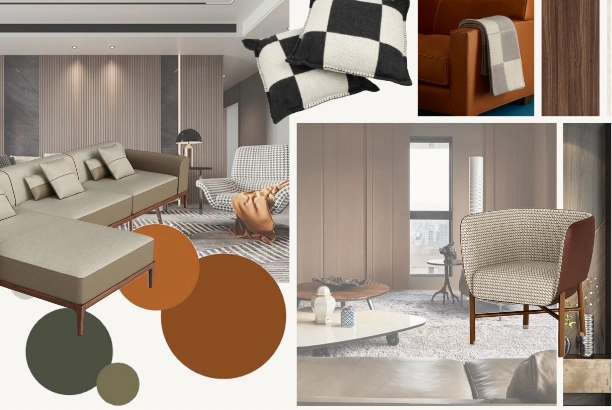The Art Of Interior Design & How It Transforms Spaces
Interior design is an exquisite art form that marries functionality with aesthetics, turning empty rooms into vibrant, harmonious living spaces. This creative discipline encompasses a myriad of design principles, materials, and techniques that can entirely transform any environment. From selecting the right color palette to maximizing spatial efficiency, interior designers possess the ability to breathe life into dull spaces. In this article, we delve into the art of interior fit out consultants in dubai and explore the key elements that make it a true masterpiece.
The power of color:
One of the fundamental aspects of interior design is color. Colors have the remarkable ability to evoke emotions and set the mood of a room. Warm hues like red and yellow create a cozy and inviting atmosphere, while cool shades like blue and green induce a sense of tranquility. A skilled interior designer knows how to balance and combine colors to achieve the desired ambiance.
Space planning:
Maximizing space is crucial in interior design, especially in today’s compact living environments. Interior designers employ various techniques to optimize space, such as smart furniture placement, built-in storage solutions, and open floor plans. These strategies not only make a room more functional but also visually appealing.
Texture and material selection:
The choice of materials and textures plays a pivotal role in interior design. Soft, plush fabrics can make a room feel cozy and inviting, while sleek, modern materials like glass and metal can create a sense of sophistication. Interior designers carefully select and juxtapose textures and materials to create a balanced and harmonious design.
Furniture and accessories:
The selection of furniture and accessories is where a designer’s creativity truly shines. Each piece of furniture and every accessory should complement the overall theme and style of the room. Interior designers pay attention to the scale, proportion, and functionality of furniture to ensure it fits seamlessly into the design.
Lighting design:
Lighting is a critical element in interior design that often goes underestimated. Proper lighting can enhance the mood and functionality of a space. Interior designers use a combination of natural light, ambient lighting, task lighting, and accent lighting to create a well-lit environment that showcases the design’s beauty.
